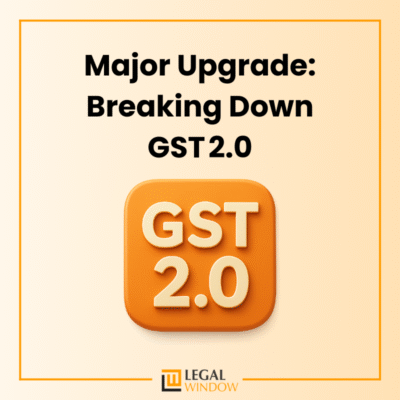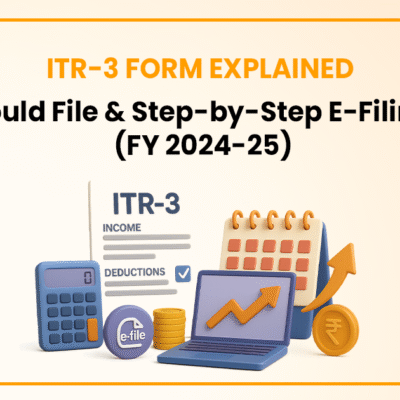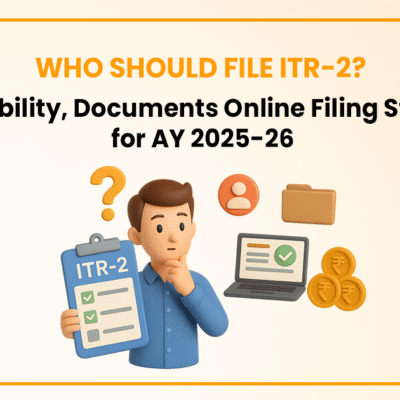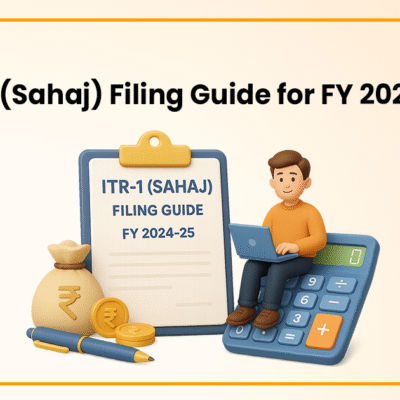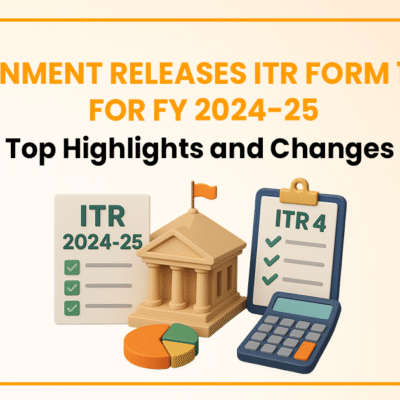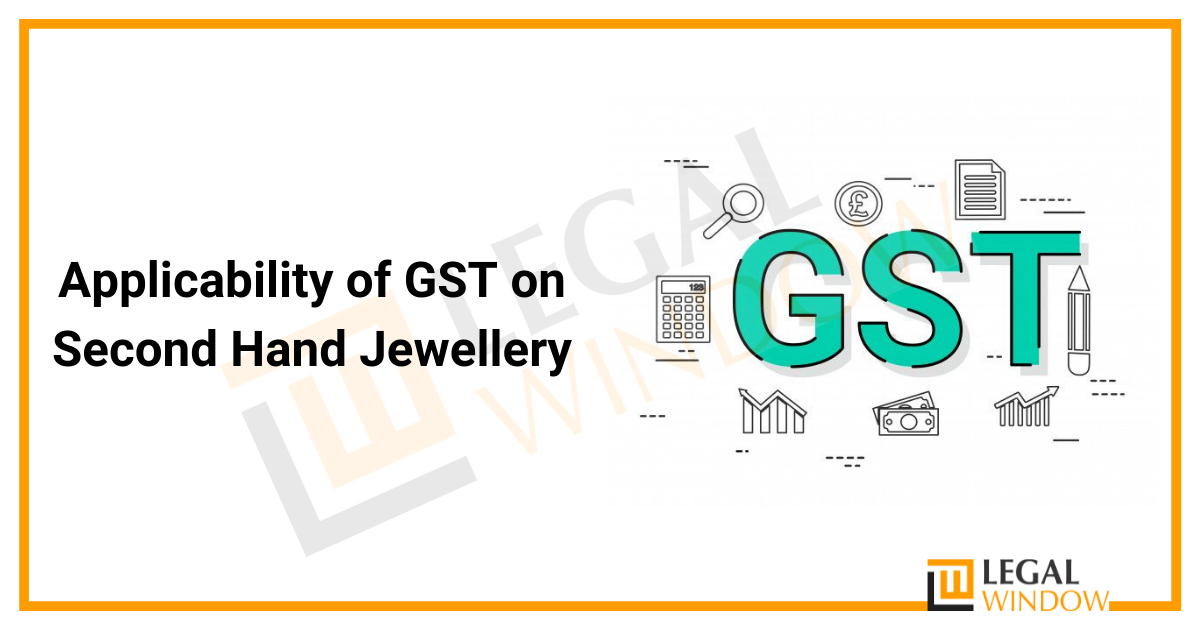
The jewellery industry is one of the most promising industries. Indians buy jewellery on several occasions. Sometimes people buy jewellery for investment and sell their jewellery. When an individual purchases a product, GST is paid. When the person re-sells it then also it is taxed which results in double taxation. To address this issue, the authorities came up with a margin scheme. Under this, the calculation of GST is on the difference between the product value and the resale price of the second-hand product. In the Karnataka AAR case, the Court tries to answer questions about GST on second hand jewellery.
In this article, we will look into GST on gold, jewellery, and gold coins and the recent judgment on GST on second hand Jewellery.
| Table of Contents |
Applicability of GST on Gold in India
- Section 7 of the CGST Act states that when an individual indulges in the supply of gold without any making charges it is a type of supply of good. Therefore, gold bars fall under the definition of good according to taxation laws in India.
- Section 8 of the CGST Act, a person who sells gold jewellery deals with a composite supply of goods and services.
- The gold used comes under the banner of goods and the making charges of the company are towards the job work. Since the main task is the supply of gold, the GST is 3 % only on the total value of the jewellery. This composition scheme is available to all the businesses which are selling gold under section 10 of the CGST.
- Many jewellers take service from goldsmiths and specialists for doing the job work on the gold bars and biscuits. This is a type of supply of service. These people charge making charges and this, in turn, attracts a GST of 5%. GST is not applicable if any unregistered person sells their gold jewellery or exchanges it to buy new ones. It is out of the scope of GST.
- However, if big gold companies deal with selling or purchase of second-hand gold jewellery, GST is applicable as per Rule 32(5) of CGST Rules.
What are the GST rates on gold jewellery in India?
| Particulars | GST Rate |
| Precious stones other than diamonds and ungraded precious stones and semi-precious stones | 0.25% |
| Diamond, gold, pearls | 3% |
| Job work in reference to diamonds, plain and studded jewellery of gold or silver | 1.5% |
Karnataka AAR Case
GST AAR Karnataka in Aadhya gold private limited dealt with the question on GST on the difference between selling and purchase price. this ruling is very important for getting clarity on GST on
. This is prescribed in Rule 32(5) of the CGST Rules, 2017. Under this, if a person purchases second-hand jewellery from individuals other than dealers, there is no change in the name of goods.
The State Finance Ministers were of the consensus on bringing the ambit of old gold sale within the GST ambit by using the reverse charge mechanism. After the implementation of this mechanism, GST on second hand jewellery will attract GST at 3%. According to the authorities, this move will definitely check tax evasion and the sale of smuggled gold.
Facts of the Case
The applicant Aadhya Gold Private Limited deals with second-hand goods. The applicant purchases second-hand jewellery from individuals not coming under the ambit of GST and from the individual selling jewellery without modification.
Main Issue
The applicant wants to clarify that in case of purchase of second-hand jewellery from individuals, whether the GST is to be paid on the difference between the selling and purchase price or simply on the gross sale value of the jewellery.
Discussion of the AAR
- The main issue that needs to be addressed is whether the applicant in this particular case is eligible to utilize the rule 32(5) of CGST Rules, 2017.
- The Karnataka AAR observed that an individual has to pay the GST on the margin amount between the sale and purchase price in the case of gold jewellery without modification.
- In the present case, there was neither any melting of jewellery nor any change in the form. The applicant was re-selling the jewellery after cleaning and polishing. So the GST on the second hand jewellery will only be the difference amount between the sale and purchase price. If the company raises an invoice on the second-hand jewellery without any change then valuation is according to Rule 32(5) of the CGST Rules. Since the applicant satisfies all the conditions, the GST is payable on the profit only.
- If the purchase of second hand jewellery is from any registered person, then ITC claim is applicable. In this case, the margin scheme will not be available to the parties.
- This decision of the Karnataka AAR will impact the final customer by significantly reducing their tax cost. Presently, the 3% GST is charged on the gross value received from the purchaser.
Final Ruling of the Case
If the applicant deals with second-hand jewellery and invoices his supply under second-hand goods, and it is purchased from unregistered people under GST after no change in nature of goods, then it falls under the ambit of Rule 32(5).
Rule 32(5) of the CGST Rule states that when a taxable supply is provided by individual dealing with a second-hand good and no input tax credit is availed, the value of the supply will be difference in selling and purchase price. Moreover, if the value is negative, it shall be ignored. This is applicable only if the person is unregistered.
Additionally, this rule is only applicable if supply is a taxable supply and the supplier deals with selling or buying of second-hand goods. In this present case, the applicant satisfies all the conditions. The applicant satisfies all the conditions and therefore the valuation or GST on the second hand jewellery will be done according to Rule 32(5) of the CGST Rules.
Conclusion
Most jewellers procure old jewellery from unregister people, obliviating the need for crediting the taxes in the hands of jewellery. The Karnataka AAR ruling will reduce the GST on second hand jewellery. This will create an impact on the jewellery industry to lower the tax cost of the final customers. The industry is currently charging 3% GST on the gross sale value. Post-Covid, the gold jewellery sector will definitely boom and bring back a lot of customers.
Company Secretary and diligent learner deeply immersed in the world of corporate law, compliance, and governance with a focus on developing a robust foundation in legal principles and corporate practices. Passionate about exploring the intricacies of company law, regulatory compliance, and corporate governance.
Categories
- Agreement Drafting (23)
- Annual Compliance (13)
- Change in Business (37)
- Company Law (150)
- Compliance (90)
- Digital Banking (3)
- Drug License (4)
- FEMA (17)
- Finance Company (42)
- Foreign Taxation (9)
- FSSAI License/Registration (15)
- GST (124)
- Hallmark Registration (1)
- Income Tax (214)
- Latest News (36)
- Miscellaneous (170)
- NBFC Registration (8)
- NGO (18)
- SEBI Registration (6)
- Section 8 Company (10)
- Start and manage a business (27)
- Startup/ Registration (134)
- Trademark Registration/IPR (48)
Recent Posts
- Major Upgrade: Breaking Down GST 2.0 September 15, 2025
- New Income Tax Bill 2025 August 27, 2025
- ITR-3 Form Explained: Who Should File & Step-by-Step E-Filing Guide (FY 2024-25) June 25, 2025
All Website Tags
About us
LegalWindow.in is a professional technology driven platform of multidisciplined experts like CA/CS/Lawyers spanning with an aim to provide concrete solution to individuals, start-ups and other business organisation by maximising their growth at an affordable cost.


